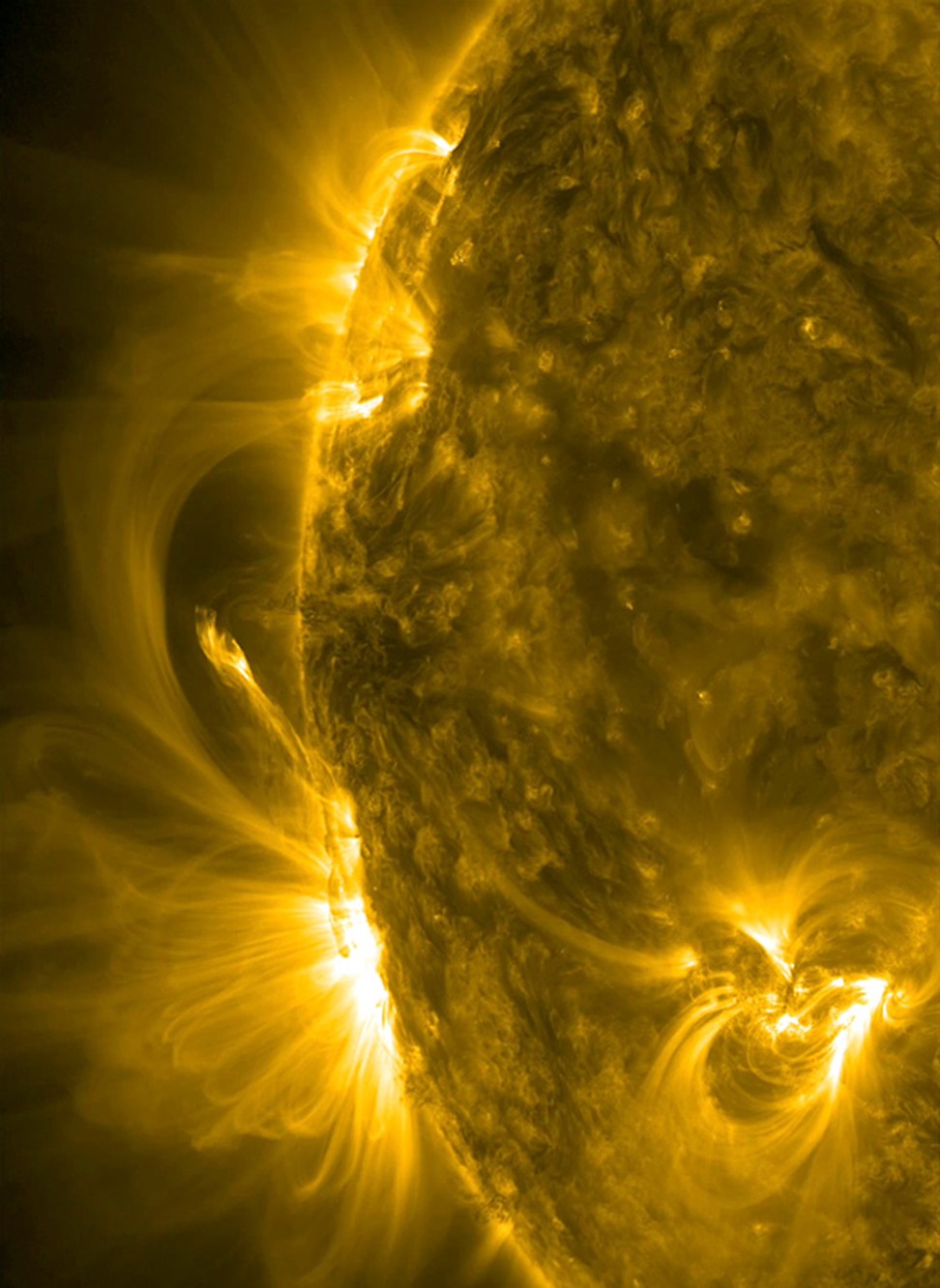I refer to
the letter from Cheng Ding and Simon Wang “Why Hong Kong should not take its eyes off the sun” (March 2) regarding space weather. We are grateful that your readers paid attention to the potential impacts of severe space weather events.
Unlike atmospheric weather that affects our daily life on a local scale,
space weather often refers to the changing electromagnetic conditions in near-Earth space, caused mainly by the sun, the impacts of which are mostly on a global or regional scale, in particular high latitude areas. Despite a relatively low risk for Hong Kong being directly affected by adverse space weather due to its low latitude, the Hong Kong Observatory is always on the alert and regularly monitors space weather.
We provide the latest information on space weather to special users, in particular, the aviation community when impacts to flight operations are expected. Moreover, the Observatory has close partnerships with the energy sector to enhance the resilience of energy infrastructure to various natural hazards, including the potential influence of space weather events to the power grids in Hong Kong. So far, there has been no strong evidence showing that space weather events have caused power outages in Hong Kong.
The Observatory also spares no effort in promoting education on space weather to the public. We first launched a space weather
webpage in 2004 to heighten public interest in and awareness of this phenomenon. We further enriched the webpage in 2010, specifically relaying the latest space weather alerts from the US and particularly promoting it to government departments and utilities to prompt relevant parties to take appropriate and timely precautions, as necessary, before the solar cycle of about 11 years reaching the forecast maximum around 2012-14.
This year, a new version of the Observatory’s space weather webpage is almost ready to be launched with more information and an attractive design, including some historical events, and easy access to the three-day space weather forecasts provided by the National Centre for Space Weather of China. In addition, a children’s version of the space weather webpage will be added to the
My Little Observatory website with interactive quiz games, raising children’s interest in space.
Other promotion channels also include educational resources, video production, radio programmes, public talks and our open day. The theme of the Observatory’s open day this year, to be held on March 23-24, is “The sun, the Earth and the weather”. Members of the public are most welcome to visit us to learn more about space weather. Please rest assured that the Observatory will continue to keep abreast of the latest developments in space weather and provide timely and relevant services to users concerned.
Queenie C.C. Lam, senior scientific officer, Hong Kong Observatory



